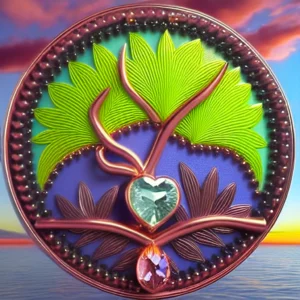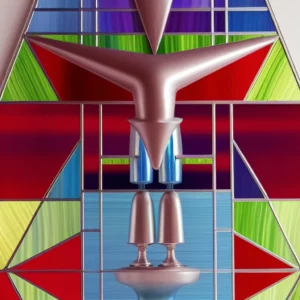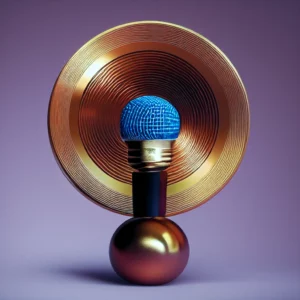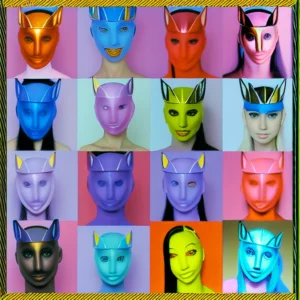Colorblindness
I’ve been red-green colorblind since birth, and someone told me about a site with some neat photos that reveals how people like me perceive colors.
If you visit that link and scroll down a little, you’ll see two pictures of a fruit vendor. The first picture is normal. The second picture is how red-green colorblind people see the first picture. For me the colors in the two pictures are identical.
Scroll down a bit more, and there are pictures of some cells. Both pictures look the same to me.
Then further down there are some colored dot pictures. I remember failing a lot of tests like this as a child. I can’t see anything but random dots in the top two pictures, but I can clearly see the number 45 in the bottom two.
When I showed my wife these photos, she got a bit emotional, reacting as if it suddenly dawned on her that I’m afflicted with a terrible handicap. She said now she understands why I have so much trouble picking decent fruit. She also said she’ll never again ask me if her outfits match. 🙂
I have no idea how people without colorblindness perceive colors, but at least these images allow people with normal color vision to get a glimpse of what the world looks like to colorblind people. People with normal color vision can see certain colors that I’ve never seen in my entire life, so I can’t even fathom what they must look like. Even in my dreams I still perceive the same colors I do when I’m awake as far as I can tell. How could you dream about a color you’ve never seen?
It would be strange if colorblindness were someday curable. Imagine perceiving new colors you’ve never before seen. Now that would take some adjustment. Even people would look very different.
Functionally I’ve gotten around colorblindness by relying on other data. I can’t really tell if a banana is yellow or light green (both colors look the same to me), so I look to see if it has spots and check to see how soft it is — I ate 4 bananas today, and all of them had spots — if they don’t have spots, I tend to avoid them, or I ask someone else if they’re ripe yet.
When I was first learning to drive, I sometimes had trouble telling the red light from the yellow light if the red light was very bright. But I quickly learned that the red light is always at the top (at least in the USA). One time though I went through a flashing red light thinking it was a flashing yellow light (so I merely slowed down instead of stopped). There was only one bulb on that signal, so I couldn’t tell what color it was by its position.
When doing artwork for computer games or web sites, I rely heavily on the RGB values. That’s the only way I can tell certain colors apart. I never pick colors visually, such as by using color palettes or color wheels. I’ve memorized the RGB values for the colors I use most, so I just type in the RGB for any color I want. Yellow is RGB(255,255,0), and bright green is RGB(0,255,0) — that’s the only way I can tell those two colors apart because on the screen they look identical to me. Even if I put them side by side, I can’t perceive any border between them. This crutch of using RGB values helps, but it still doesn’t prevent me from making odd color choices that look right to me but perhaps not to everyone else. That works both ways though — there are web sites that look odd to me color-wise that probably look OK to non-colorblind people.
Of all the birth defects I could have been born with, this one doesn’t seem too bad. In fact I find it somewhat amusing — like a cosmic joke. It’s ironic that someone who can’t pick produce properly ends up becoming a vegan. At least I married a color-seeing wife. The way she’s able to pick good produce is almost magical. 🙂




